Domitian, the last emperor of the Flavian dynasty, ruled Rome with a mix of autocracy and reform from 81 to 96 apr. J.-C. This article explores his reign’s complexities: Was he a tyrant or an efficient ruler who stabilized the empire in turbulent times?
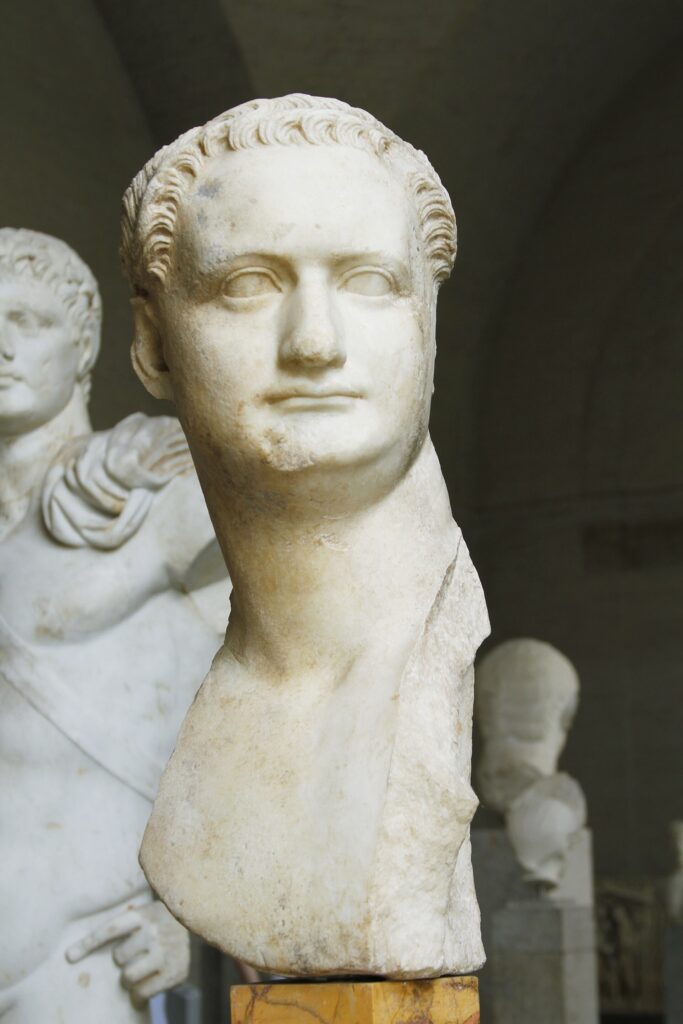
In the annals of Roman emperors, Domitian stands out as a figure enveloped in controversy and contradiction. Ascending to power in 81 apr. J.-C. following the turbulent Year of the Four Emperors and the reigns of his father Vespasian and brother Titus, Domitian inherited a fragile empire craving stability. Unlike his predecessors’ popular images, Domitian’s rule is often characterized by autocracy and political repression, fueling debates across centuries. This article contends that Domitian’s reign cannot be reduced to a simplistic narrative of tyranny; rather, it was a complex balancing act of reforming and consolidating imperial authority amid senatorial opposition. Through a detailed examination of Domitian’s political and military actions, an analysis of his governing style, and an exploration of historiographical controversies, this article aims to reconstruct the multifaceted legacy of Rome’s last Flavian emperor.
Context and Genesis
Domitian was born in 51 apr. J.-C. into the Flavian dynasty, a family that rose to power amidst the chaos of Nero’s downfall and the civil war of 69 apr. J.-C.—the Year of the Four Emperors. His father, Vespasian, established the Flavian dynasty in 69 apr. J.-C. after defeating rivals and restoring relative order to Rome. Domitian’s older brother, Titus, succeeded Vespasian in 79 apr. J.-C., gaining acclaim for victories including the siege of Jerusalem in 70 apr. J.-C. Domitian’s accession in 81 apr. J.-C. marked the continuation of this lineage, but unlike his predecessors, Domitian’s approach would diverge substantially in tone and methods.

The historical backdrop to Domitian’s reign involved an empire recovering from civil strife, with fragile Senate relations and unsettled fronts, particularly in Germania and Britain. The Flavian dynasty’s mandate was to restore imperial dignity and security; Domitian’s rule would embody this imperative. His initial years saw attempts to strengthen borders through military campaigns and invest in monumental architecture, reflecting a vision of Rome as stable and inviolable. However, his autocratic tendencies soon alienated Rome’s Senate and aristocracy, presenting a clear conflict between imperial power and traditional republican institutions.
Domitian’s Reign Documented
Domitian’s sixteen-year reign encompassed significant military, administrative, and cultural achievements. Militarily, he secured the empire’s frontiers with campaigns in Britain, fortifying the province against ongoing threats, and repelled Germanic incursions across the Rhine. Notably, he conducted operations in Dacia, enhancing Rome’s strategic position in the northern Balkans. His forces also saw successes in expanding and consolidating client states.

Administratively, Domitian undertook reforms to stabilize the empire’s finances and bureaucracy. He revalued the Roman coinage to combat inflation, increased taxation on the wealthy, and enforced strict discipline in public morals and legal proceedings. He centralized authority by increasing the imperial bureaucracy’s scope and sidelining some senatorial powers, an unpopular but effective means of consolidating rule.
Culturally, his patronage supported significant construction projects, including the completion of the Flavian Amphitheatre (Colosseum) and major building works across Rome. He also fostered a cult of the emperor, promoting loyalty and reinforcing his image as Rome’s guardian.
Domitian’s Governance and Style
Domitian’s authoritarian style stemmed from a conviction that imperial power required strong, centralized control to maintain order in a vast empire. His autocracy manifested in strict regulation of public life, rigorous enforcement of laws, and suppression of dissent through treason trials and informers. His reign suffered from severe tensions with the Senate, who viewed his ruling methods as despotic and a threat to traditional privileges.
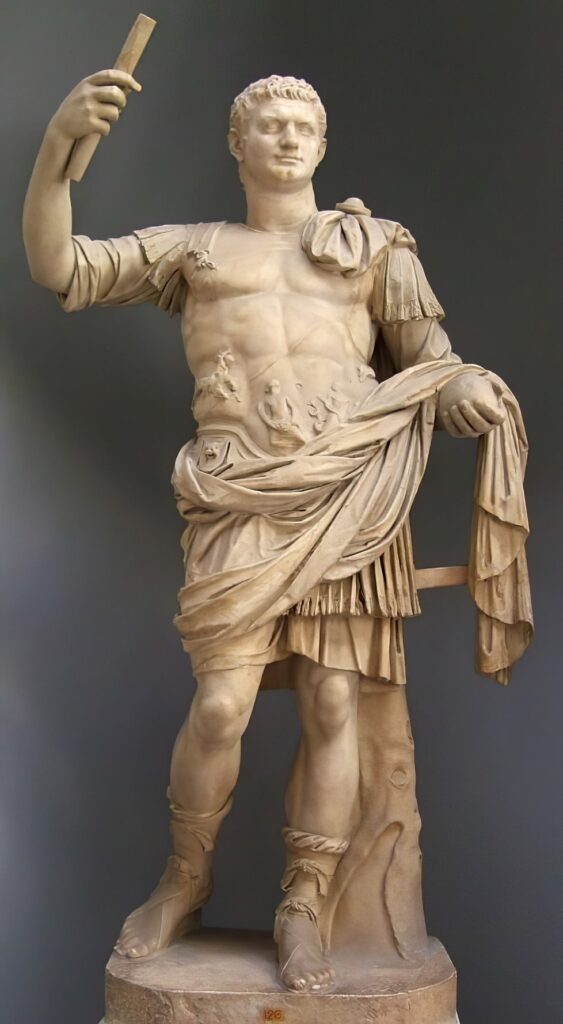
Domitian extensively cultivated a personality cult, demanding titles such as “Dominus et Deus” (Lord and God), unusual for Roman emperors, highlighting his self-perception as Rome’s supreme authority. This tendency alienated elites and fostered fears of monarchy-style rule.
The use of informants and judicial procedures to quell opposition created a climate of fear. Yet, from a strategic standpoint, these measures allowed Domitian to maintain essential stability during a period that might have otherwise unravelled politically. His economic discipline helped curb fiscal instability, and his military campaigns deterred external threats. Thus, his autocracy, while ruthless, was arguably pragmatic within the turbulent context of late first-century imperial Rome.
Historiographical Debate and Controversy
The assessment of Domitian’s reign is sharply divided. Ancient sources, primarily senatorial historians like Tacitus and Suetonius, depict him as a paranoid tyrant whose rule was marked by cruelty and despotism. They emphasize his purges, censorship, and the climate of fear he imposed on Rome’s aristocracy, contributing to a “damnatio memoriae” after his assassination.
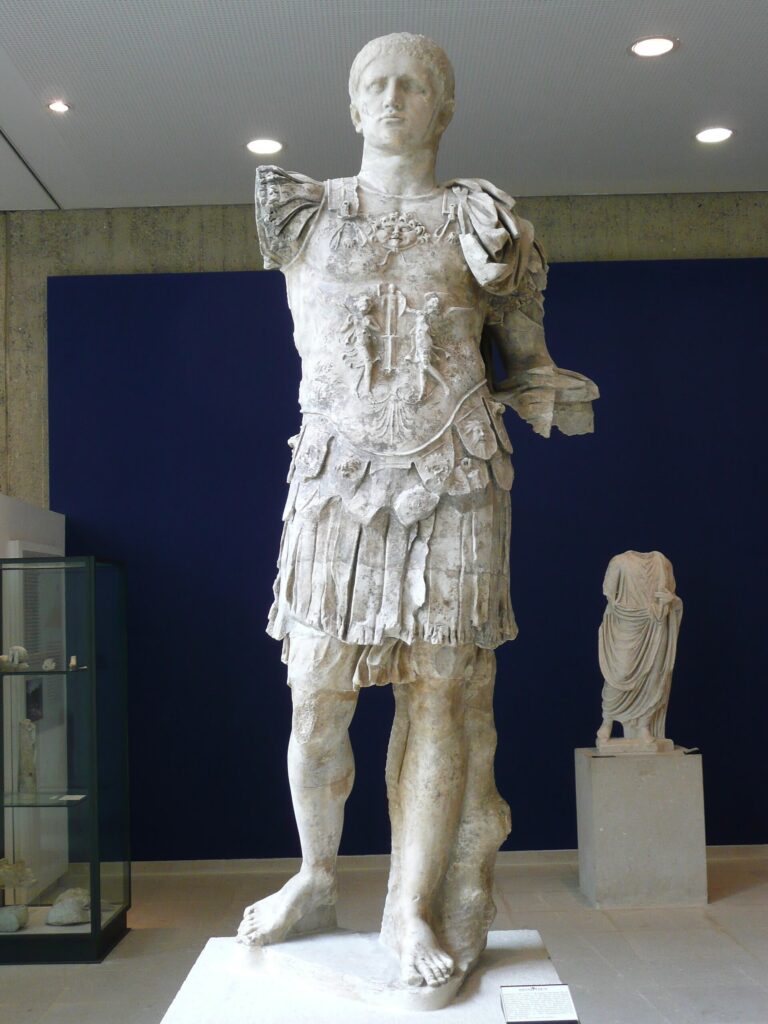
Modern scholarship urges a reassessment, noting the bias of aristocratic sources and highlighting Domitian’s tangible administrative and military successes. Recent historians argue that his negative portrayal served senatorial agendas posthumously to justify the subsequent Flavian overthrow and to idealize the “Five Good Emperors” who followed. Some see Domitian as an efficient pragmatist who restored order, expanded imperial infrastructure, and safeguarded the empire’s borders.
Thus, the historiography is characterized by a tension between viewing Domitian either as a despotic villain or a strong, capable ruler whose autocracy was a necessary evolution of imperial governance.
Consequences and Legacy
Domitian’s assassination in 96 apr. J.-C. ended the Flavian dynasty, leading to the rise of the Nervan-Antonine dynasty. The Senate quickly condemned his memory, stripping his name from public monuments and calling for the erasure of his reign. Yet, his legacy endured indirectly through structural reforms and military policies that shaped imperial governance going forward.
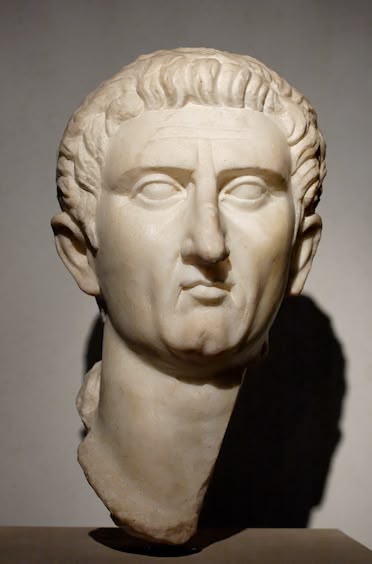
His centralized bureaucratic administration influenced successors who balanced senatorial cooperation with imperial authority. Architecturally, Domitian’s building projects added enduring elements to Rome’s urban fabric. Militarily, his emphasis on border security prefigured strategies of later emperors.
Despite condemnation, Domitian’s reign marked a crucial transitional phase between the chaotic Julio-Claudian period and the relatively stable later empire, illustrating the complexities of autocracy as a function of imperial necessity.

Conclusion
Domitian’s reign as the last Flavian emperor presents a multifaceted portrait that defies simple characterizations. Balancing autocratic rule with administrative efficiency, military vigilance with cultural patronage, he navigated an empire in recovery from civil war. While contemporary and later sources emphasize his despotism, modern reappraisals reveal a ruler whose decisiveness and reforms were pivotal in consolidating imperial power. Ultimately, Domitian’s legacy is a study in the tensions inherent in autocracy—security and stability at the cost of political freedoms—offering valuable insights into the nature of Roman imperial rule.

Key Facts
- Reign: 81–96 apr. J.-C.
- Last emperor of the Flavian dynasty
- Military campaigns: Britain, Dacia, Germania
- Major administrative reforms, coinage revaluation
- Patron of monumental architecture (Colosseum completion)
- Strained relations with the Senate, use of treason laws
- Assassinated and condemned posthumously
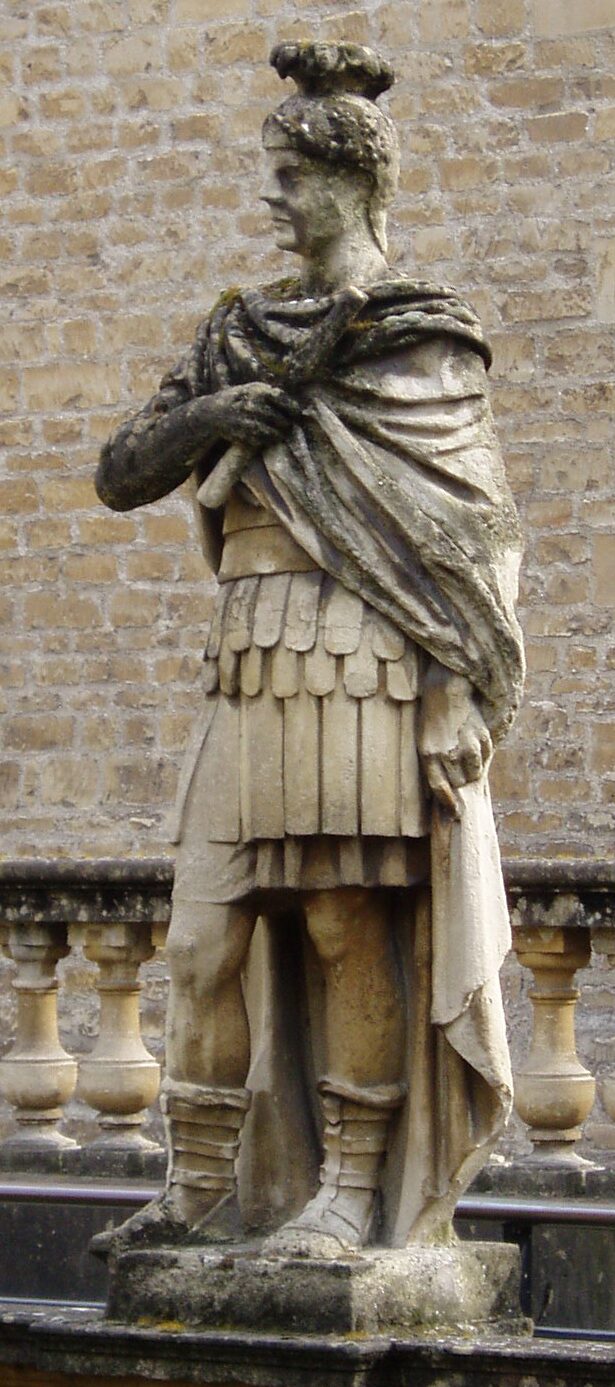
Domitian in Historiography
- Ancient sources portray him as a cruel tyrant (Tacitus, Suetonius)
- Senate bias influenced posthumous damnatio memoriae
- Recent historians highlight his administrative success and military competence
- Debate centers on tyranny vs. necessary autocrat in Roman imperial evolution
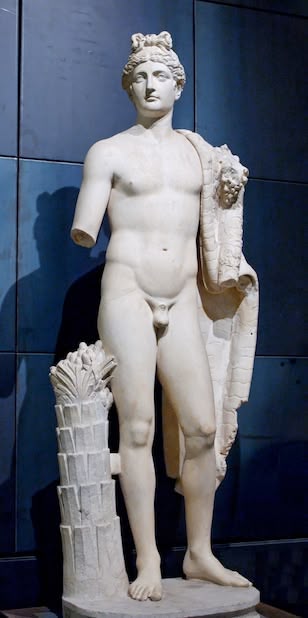
Credits and Sources
This article draws primarily on classical histories by Tacitus and Suetonius, supplemented by modern scholarship on Flavian Rome and latest historiographical interpretations.

